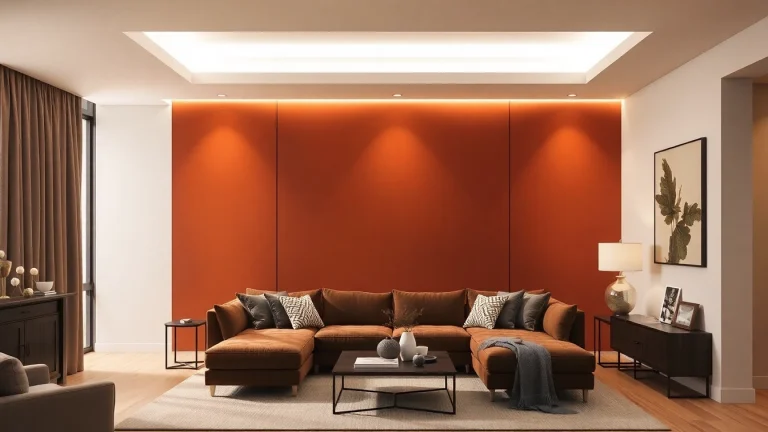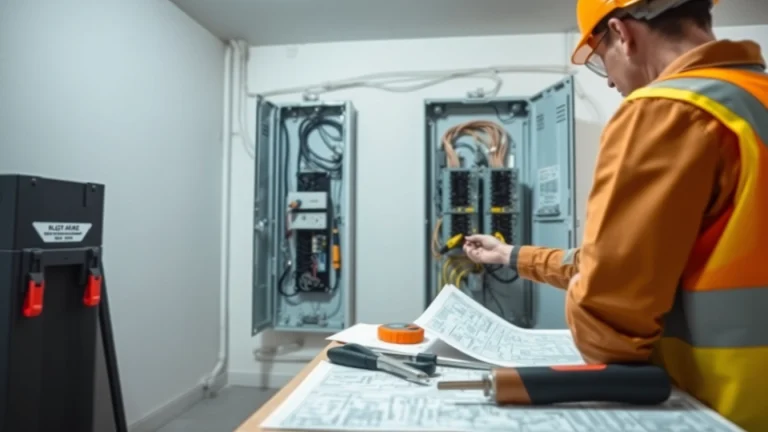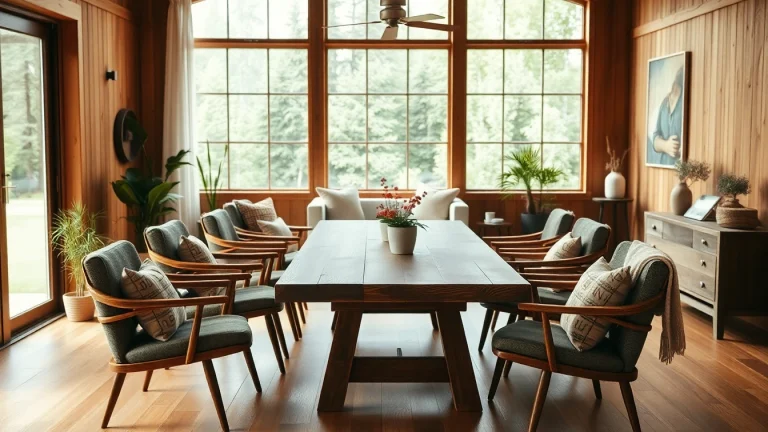
Enhance Your Space with Sliding Partition Walls: Versatile Solutions for Modern Homes
Understanding Sliding Partition Walls
What Are Sliding Partition Walls?
Sliding partition walls are versatile interior design solutions that allow space optimization and flexibility. Unlike traditional fixed walls, these systems consist of panels that can glide open or closed, creating distinct areas within a single room. They are widely used in both residential and commercial settings, enabling users to change the layout of their spaces effortlessly. A typical sliding partition wall can range from simple curtain-like panels to sophisticated, engineered systems that combine aesthetics with functionality.
Benefits of Using Sliding Partition Walls
Sliding partition walls offer numerous advantages:
- Space Efficiency: They enable better utilization of available space without needing major structural changes.
- Flexibility: Users can easily reconfigure their environments based on needs, such as turning a large conference room into smaller meeting areas.
- Cost-Effective: In many cases, they are a more budget-friendly option compared to extensive renovations.
- Acoustic Control: Some sliding partition walls are designed to enhance sound insulation, making them ideal for environments that require privacy.
- Aesthetic Appeal: Available in various materials and finishes, sliding panels can enhance a space’s aesthetic without compromising functionality.
Common Applications of Sliding Partition Walls
Sliding partition walls are widely applicable in various settings, including:
- Residential Spaces: Homeowners utilize them to create flexible living spaces, such as dividing a studio apartment into separate sleeping and living areas.
- Offices: Many businesses install sliding partitions to create a dynamic workspace that accommodates different team sizes and purposes.
- Hospitality: Hotels often use them to maximize the functionality of event spaces, allowing for quick reconfiguration for different events.
- Educational Institutions: Classrooms and lecture halls can benefit from sliding walls to adapt to varying class sizes and teaching methods.
Design Considerations for Sliding Partition Walls
Choosing the Right Materials and Styles
Choosing the right materials for sliding partition walls is crucial for achieving desired aesthetics and performance. Common materials include:
- Wood: Offers a traditional and warm feel, ideal for residential applications.
- Glass: Perfect for modern designs, glass partitions provide elegance while allowing light flow.
- Fabric: Soft partitions are great for acoustic control and can add texture to a space.
- Metal: Provides durability and a sleek finish for commercial environments.
Color Schemes and Aesthetic Integration
Integrating sliding partition walls into existing designs involves carefully selecting colors and styles that complement the overall décor. Neutral tones are versatile, while bold colors can serve as statement pieces. Additionally, consider graphical elements, textures, and lighting effects that enhance the features of the sliding walls, transforming them into focal points.
Measuring and Planning Your Space
Before installation, meticulous measurement and planning are essential. Consider the following steps:
- Assess the Space: Identify how the space is currently used and potential areas for division.
- Measure Dimensions: Ensure precise measurements of ceiling height, wall length, and any obstructions such as furniture or fixtures.
- Layout Design: Create a layout plan that includes wall placement, opening direction, and hardware considerations.
Installation Processes for Sliding Partition Walls
DIY Installation vs. Professional Help
Choosing between DIY installation and hiring professionals depends on skill level, complexity, and available time. DIY can save costs but requires a good understanding of installation practices. Professional installation may incur additional costs but ensures expert handling of technical aspects and adherence to safety standards.
Essential Tools and Equipment Needed
For a successful installation, you will require the following tools:
- Measuring tape
- Drill
- Screwdriver
- Level
- Stud finder
- Safety goggles
Overcoming Common Installation Challenges
Even experienced installers may encounter challenges. Common issues include:
- Uneven Floors: Use shims to level the track support if the floor is uneven.
- Misalignment: Frequent checks with a level during installation can help ensure everything is aligned correctly.
- Hardware Installation: Following the manufacturer’s instructions closely is essential to avoid functional problems.
Maintaining Your Sliding Partition Walls
Cleaning and Care Tips
Regular maintenance keeps sliding partition walls looking new. Here are some tips:
- Regular Dusting: Wipe down surfaces with a soft cloth to remove dust.
- Deep Cleaning: For tougher stains, use a manufacturer-recommended cleaner suitable for the materials used.
- Check Hardware: Periodically inspect the tracks and rollers for wear and tear to ensure smooth operation.
Preventing Common Issues
Prevention is key when it comes to maintaining sliding partition walls. Common preventive strategies include:
- Ensuring the area around the partition is clear of obstacles that could obstruct movement.
- Regularly lubricating moving parts to avoid friction and wear.
- Ensuring that the weight of the panels is distributed evenly.
When to Seek Professional Maintenance
It’s advisable to engage professionals if you notice significant issues such as:
- Persistent misalignment
- Difficulty in sliding or locking the panels
- Visible damage to the wall or track system
Innovative Trends in Sliding Partition Wall Design
Smart Technology and Automation
Today’s sliding partition walls are increasingly integrated with smart technology. Innovations include automated systems controlled via mobile apps or voice commands, enhancing convenience and modernizing usability.
Customizable Features for Unique Spaces
Customization has become a hallmark of modern sliding walls. Manufacturers offer options such as different panel sizes, materials, and finishes, allowing users to create tailored solutions that match their interior designs.
Case Studies: Successful Transformations
Several notable projects illustrate the successful implementation of sliding partition walls:
- Corporate Office Spaces: Multi-functional office spaces in tech companies have used these systems to create open-plan setups that can be easily reconfigured for meetings or collaborative projects.
- Residential Loft Conversions: In urban lofts, sliding partitions allow for fluid transitions between living and working areas, maximizing the utility of available space without sacrificing style.
- Restaurants and Cafés: Establishments employ sliding walls to transform their seating configurations, offering versatility for different dining experiences from intimate settings to larger gatherings.


